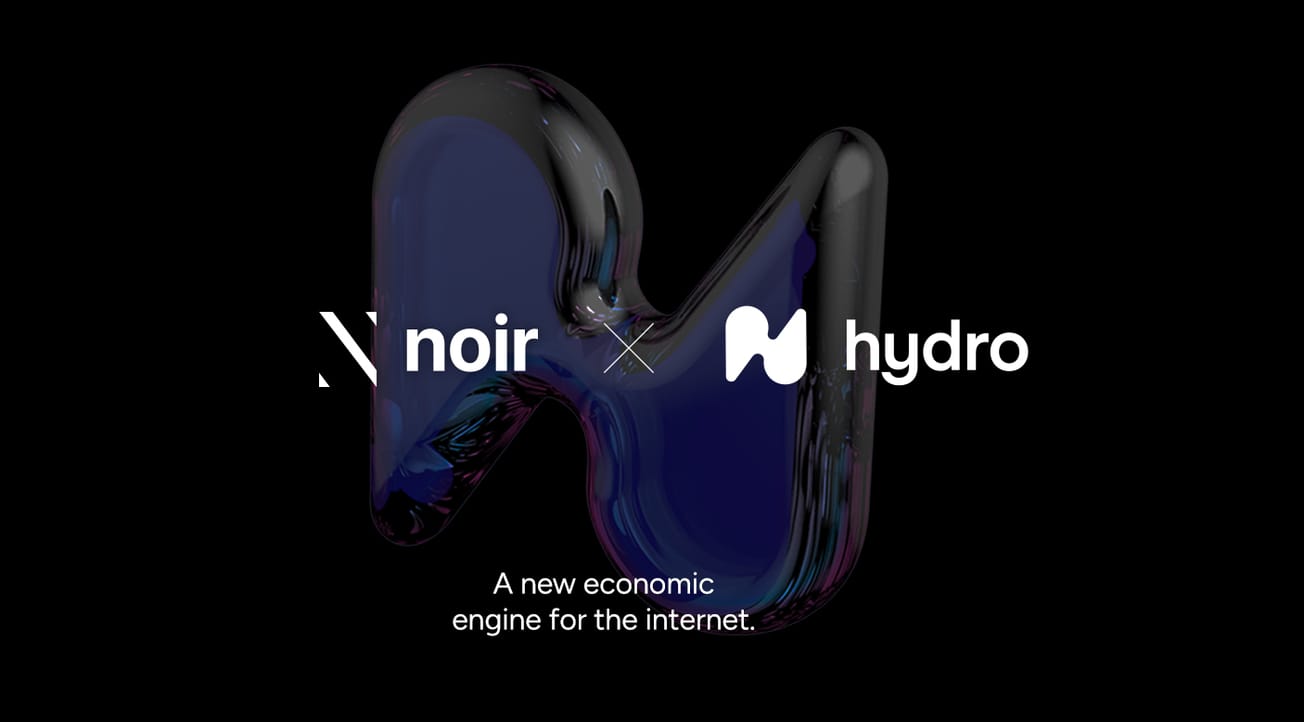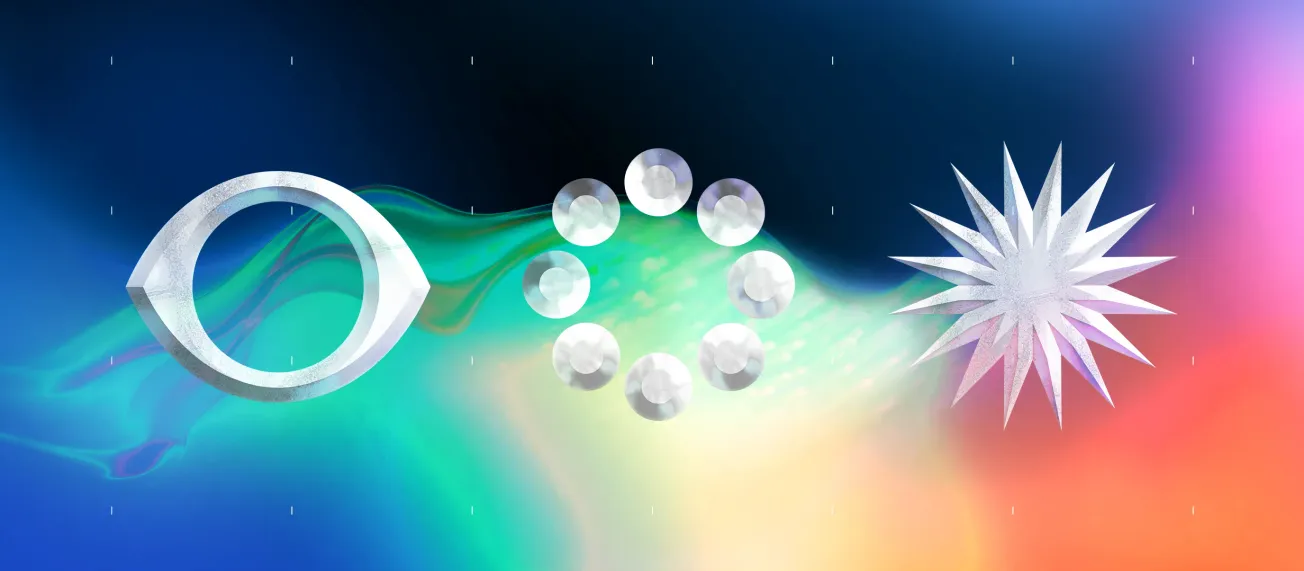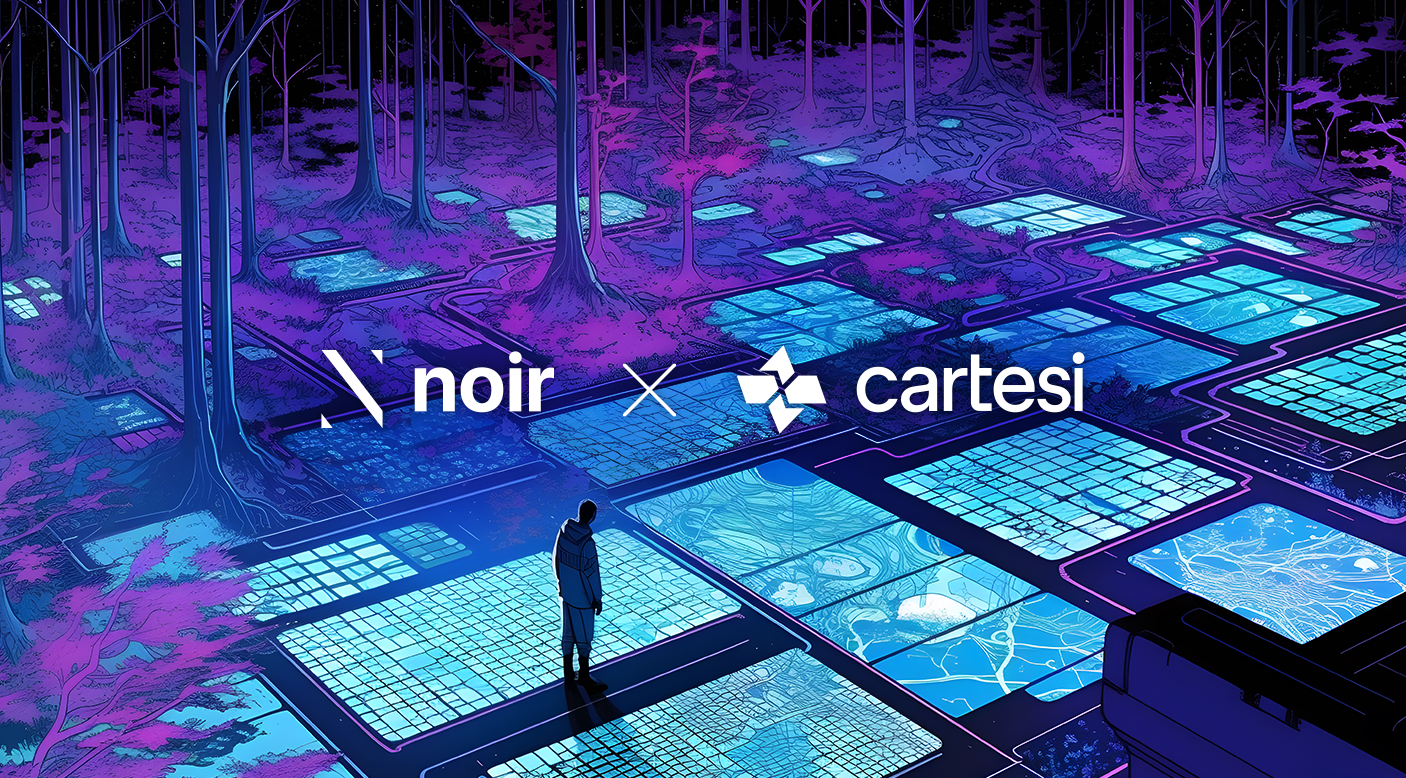Despite being regularly associated with unappealing, cartoonish artwork like Bored Apes, NFTs are bringing tokenization and fractionalization to fine art, allowing a wider audience to participate in investment and trading of blue chip artworks.
Freeing Fine Art
Fine art has been associated with aristocracy for far too long. NFTs could be set to change that, with the new technology rapidly being adopted to allow a wider audience to invest in and own artworks typically far out of reach for ordinary art lovers.
As organizations have increasingly seen the investment potential of NFTs, some have flocked to create NFTs that digitally back physical artworks. Much like using NFTs to back physical fine wines, this could prevent counterfeits and help to verify ownership.
With fractionalization, fine artworks can be turned into potentially hundreds of thousands of pieces–like with shares–where these individual pieces are tokenized and minted on the blockchain. Hence, hundreds of thousands of collectors can have shared ownership of a piece of art.
Thought not quite fine art but a piece of memetic internet history, the original 'Doge' meme has been fractionalized in this way. The creators of the project have explicit permission from the owner of the photograph (and everyone's favorite internet dog), turning each pixel into an NFT that can be purchased, owned and traded, each representing a part of the original picture.

This exact approach is being applied to fine artworks, allowing the ownership of fractionalized shares so that anyone can engage in fine art ownership and investment, and it won't cost an ear.
Bringing Art Online
Using blockchain has also presented the potential of artists to benefit from resale royalties, taking us into an age where creatives have significantly higher chances of making a living from pursuing their passion. Creators can decide on royalty percentages at the time of minting an artwork as an NFT, presenting long-term returns from their hard work.
This also represents a move towards the democratization of art, powered by the peer-to-peer power of NFTs and blockchain. No longer do high fees have to be paid to auction houses, and artists are finally seeing the returns they deserve. Thanks to NFTs, art is no longer for the aristocracy, but for everyone–driving up interest and competition, leading to a fine art revolution.
These increasing applications of the non-fungible tech, from fashion to artwork, lend support to the thought that NFTs will prove a vital part of the open metaverse's future foundations, powering digital ownership and interoperability.










